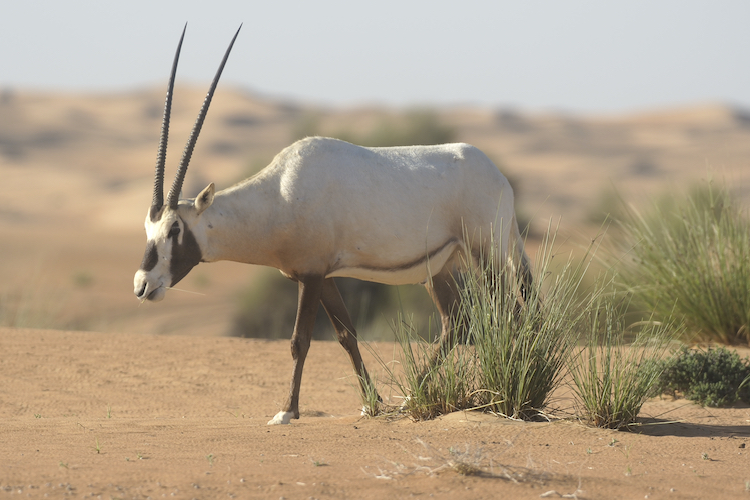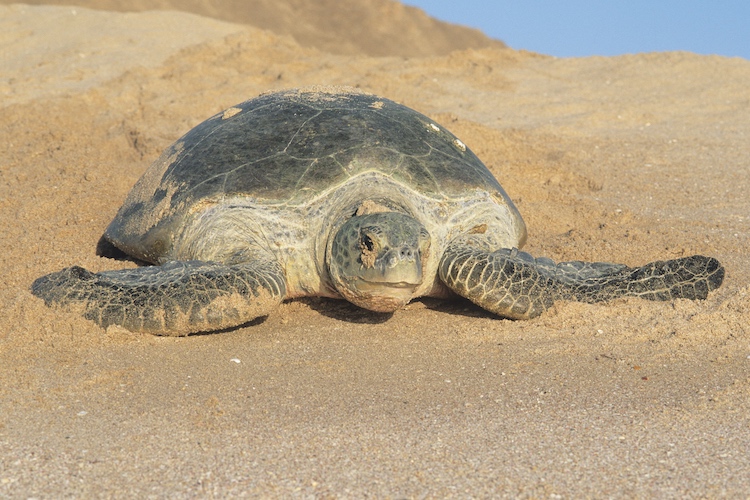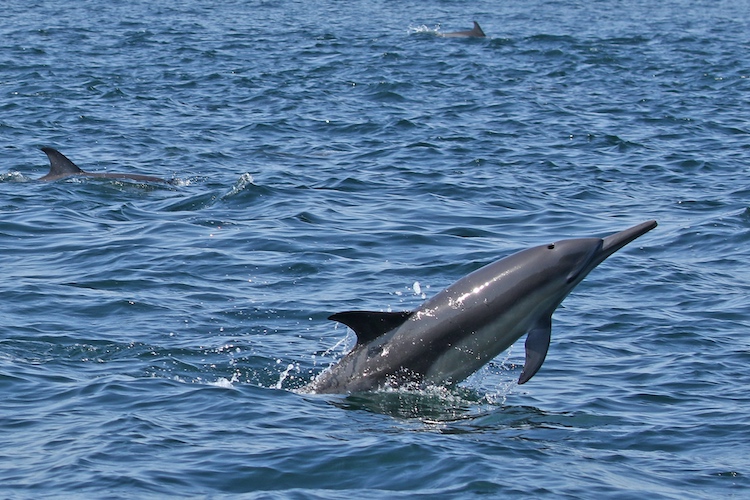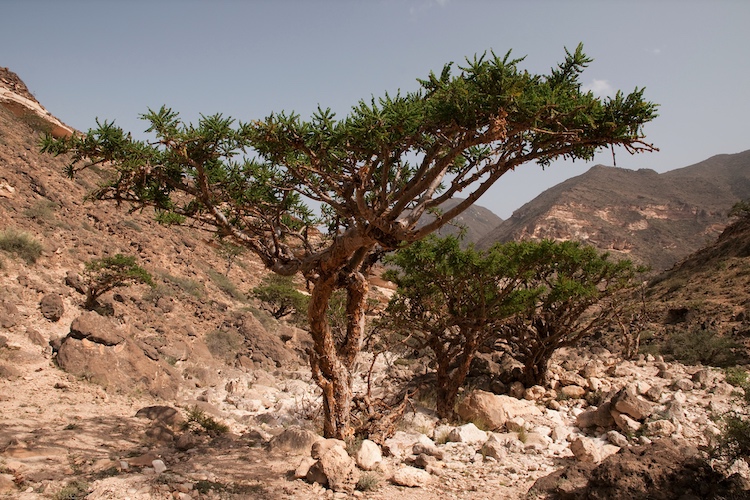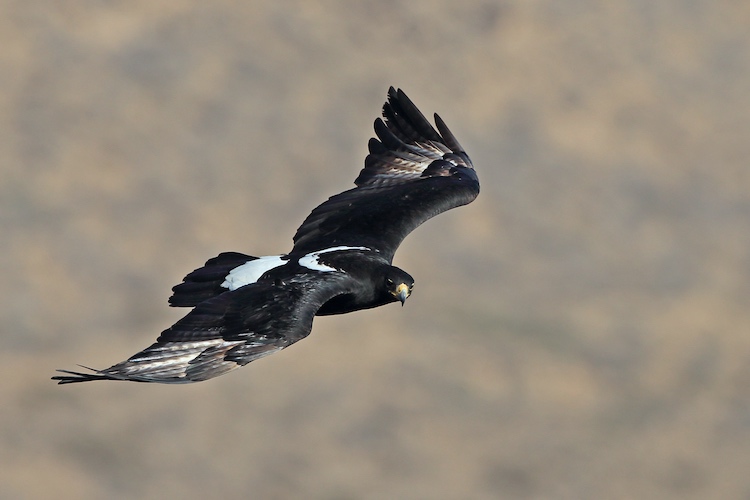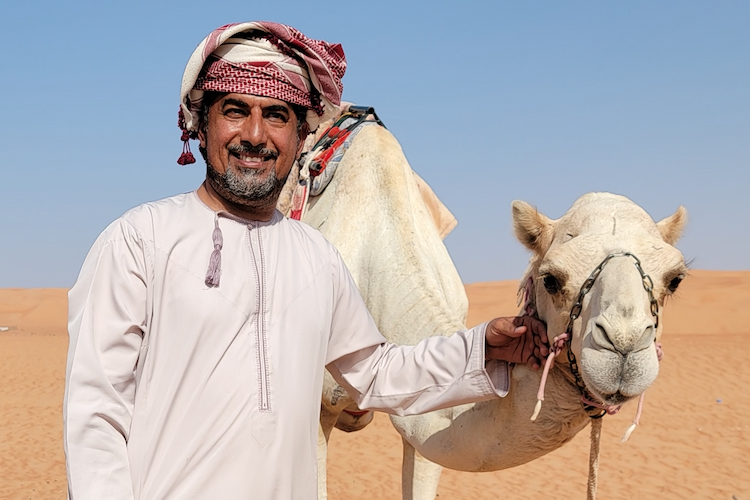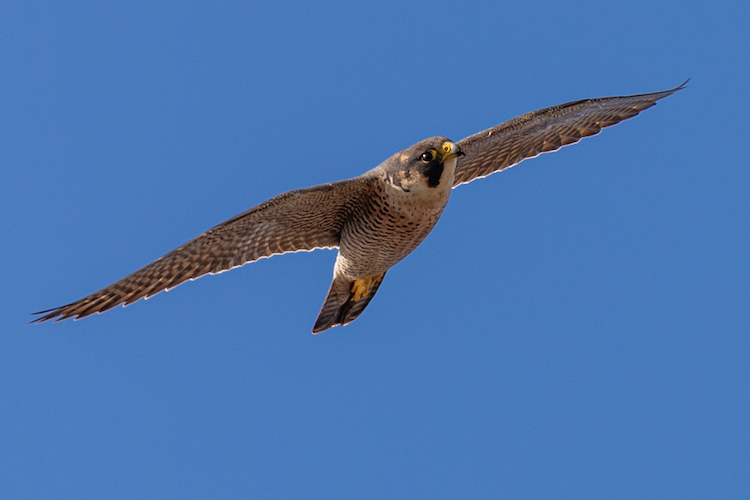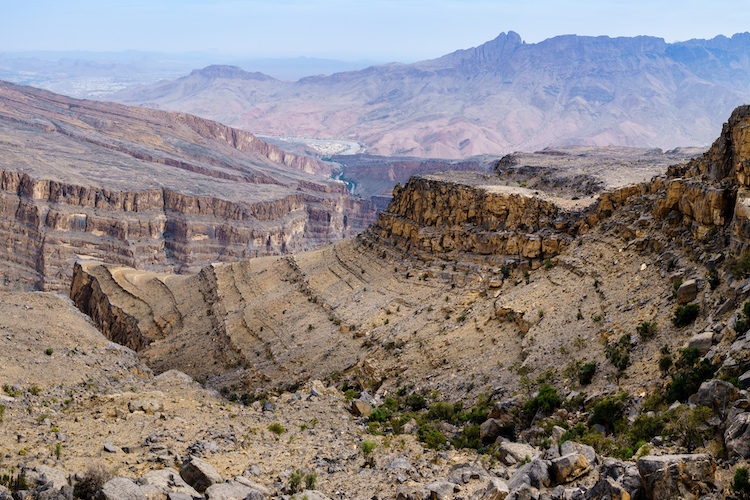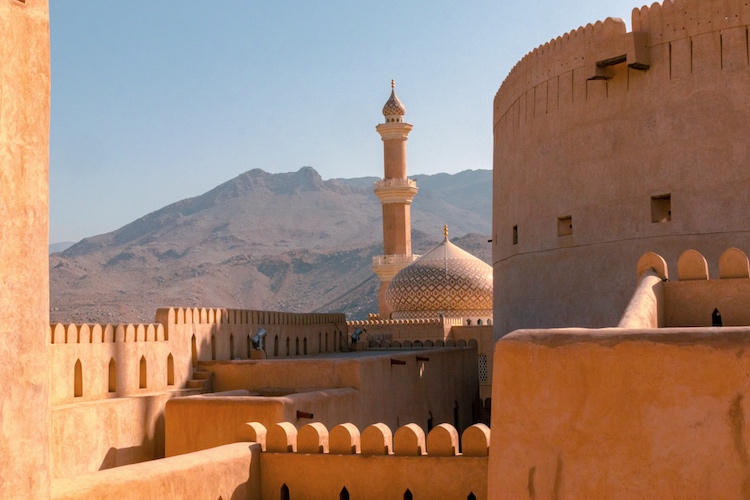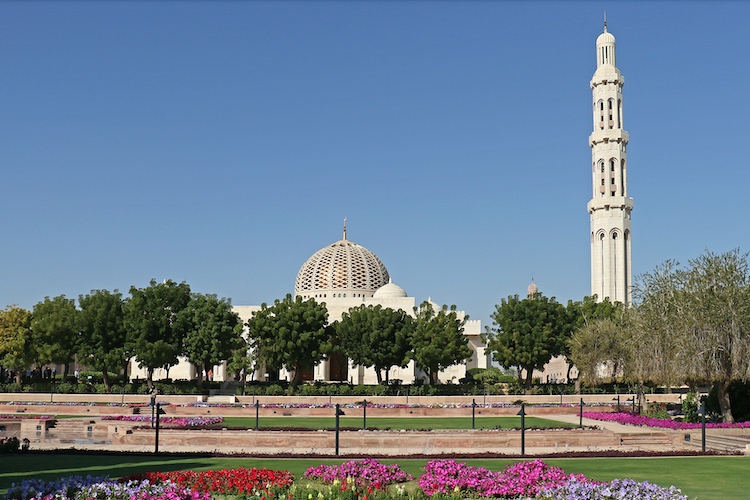Top 10 Oman Highlights
Posted by Gerald Broddelez
in Expeditions
The Sultanate of Oman, located on the southern tip of the Arabian Peninsula, is one of the most beautiful, unspoiled, and safest countries in the Middle East. Oman’s varied habitats host a diverse selection of mammals, birds, and marine life. The country is also rich with history, architectural marvels, and the wafting scent of perfume…it all makes for a unique destination that should be on everyone’s bucket list.
Throughout our expedition in Oman, we will sample the very best this fabulous country has to offer. Read on for the Top 10 highlights we’re looking forward to experiencing.
1. Spotting the Arabian Oryx
Oman’s national animal, the Arabian Oryx, was the first species to be rescued from extinction in the wild by the concerted efforts of conservationists around the world. The Arabian Oryx is a desert antelope species with a prominent shoulder hump, very long straight horns, and a white coat that reflects the sun’s harsh rays. It can survive for long periods without a direct water source, getting all of its moisture from the plants it eats. We’ll keep an eye out for this animal as we travel through Oman’s deserts and coastal hills.
2. Observing Green Turtles at Ras Al Jinz
Ras al Jinz, a fishing village located within the Ras Al Hadd Turtle Reserve, is an important turtle-nesting site. Over 20,000 Green Turtles return here annually, and by staying at a hotel nearby, we have a good chance of seeing them after dark coming to the beach to lay their eggs. Watching these prehistoric giants struggling to come onto the beach under a dark sky full of billions of stars, with waves crashing on the beach, is an experience you will always remember!
3. Watching for Dolphins and Humpbacks
Whale watching excursions in Oman are a highlight as the coastal areas are home to many cetacean species. The most commonly seen are the playful Spinner and Common Dolphins. But, we’ll be keeping an eye out for Humpback Whales. The unique group living off the coast of Oman is the only Humpback Whale population in the world that remains year-round and does not migrate long distances like other Humpbacks.
4. Marveling at the Frankincense Tree
Frankincense is known to everyone, but did you know that it is extracted from the Frankincense tree? Harvested for use as incense, Frankincense is derived from the gummy sap that oozes from the tree when its bark is cut. Yet, the existence of this unique tree is threatened due to the rapid advance of agricultural areas, forest fires, and logging. We will see the trees in the wild and visit the Museum of the Land of Frankincense located within the UNESCO World Heritage site of Al Balid to learn more about the ancient Frankincense trail.
5. Seeking Wildlife at Jabal Samhan Reserve
High up in the Dhofar region in the heart of Oman’s wilderness is Jabal Samhan Nature Reserve. Here, the khareef, or annual monsoon, transforms the desert terrain into a lush, green landscape, creating seasonal waterfalls throughout the carved canyons. In this region, the critically endangered Arabian Leopard still roams but sightings are extremely rare, as less than 200 individuals remain. We’ll also watch for Arabian Wolves, Cape Hare, Arabian Gazelle, and Verreaux’s Eagles.
6. Traveling by Camel
The camel is arguably Oman’s most iconic and essential creature. The ‘ship of the desert’ is used for transportation, sport, meat, milk and leather. There are said to be hundreds of Arabic words for the camel! You will have the opportunity to travel atop a Dromedary (Arabian one-humped camel) across the shifting desert sands—without doubt the quintessential Arabian experience!
7. Spotting the Fast and Furious Barbary Falcon
The national bird of Oman, the Barbary Falcon is a small to medium sized raptor very similar to the slightly larger Peregrine Falcon. It hunts with an incredible display of aerial skills that involve swooping down on its prey at speeds of almost 100 miles per hour! A bird of semi-desert and dry open hills, its population is considered to be endangered, although slowly increasing.
8. Experiencing the Jebel Akhdar
Meaning ‘Green Mountain,’ the Jebel Akhdar refers to the mountain range that stretches across a large swathe of central Oman. Dotted with villages and numerous wadis, and dominated by the 10,000-foot-high Jebel Shams, this iconic region is home to some of the country’s most extraordinary scenery, which we’ll explore in 4×4 vehicles.
9. Visiting Nizwa Fort and the Cattle Market
Nizwa town in Oman’s interior was once the capital of Oman between the 7th and 8th centuries. Surrounded by immense palm oases, visitors can see Nizwa’s famous fort and browse the shops for gold and silver handicrafts. The livestock market is also a must-see, providing an exceptional insight into traditional life in Oman. Here, traditionally attired men, many with a khanjar (traditional Omani knife) in their belts, bid for goats, sheep, and cattle. Spend some time savoring the exceptional taste of Karak Chai tea, with or without Rakhel, a crepe-like snack that is irresistible!
10. Taking in the Grandeur of the Grand Mosque
Oman’s biggest mosque, Sultan Qaboos Grand Mosque, is one of the very few that allow entry for non-Muslim visitors. This wonder of modern architecture was built from 300,000 tons of Indian sandstone over a period of six years. Its central dome rises to a height of 160 feet and the main minaret reaches 300 feet, making the Grand Mosque the country’s tallest building. Inside, the decor is exquisite, and outside, the spacious gardens and walking spaces provide numerous photo opportunities!
Kevin Clement and I will be leading the 2024 expedition to Oman & Jordan. We hope you’ll join us as we look for these Top 10 and more on what is certain to be a fascinating expedition. Join us!

